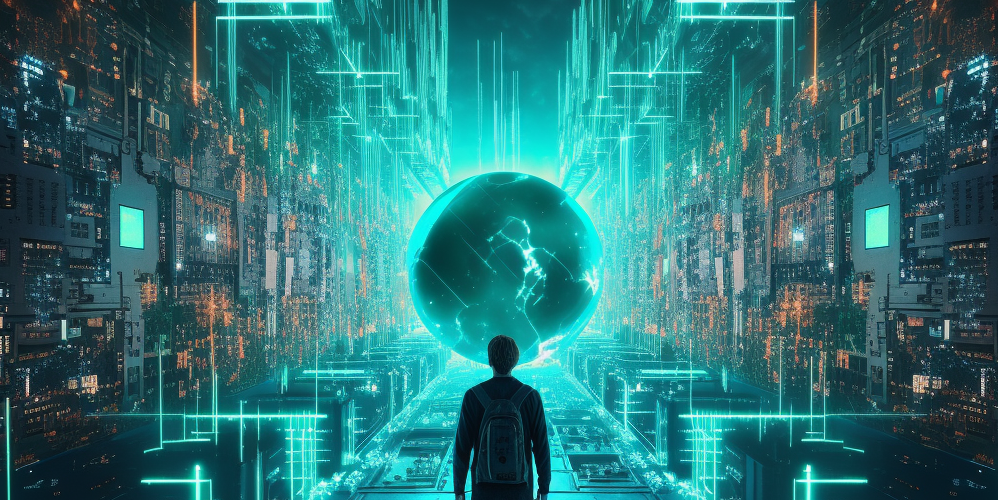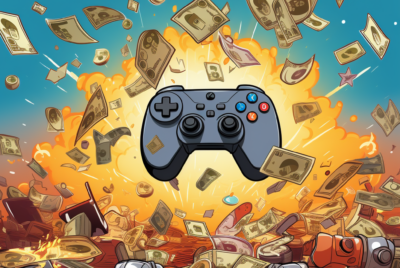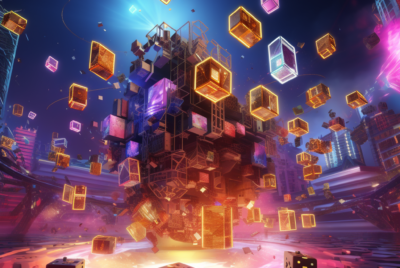The painting, gaming, and collectibles sectors, among others, have all been significantly affected in recent years by a spectacular technical development. Non-Fungible Tokens (NFTs) have become a powerful force that are revolutionising how we view and exchange digital assets. This blog post will go into the realm of NFTs, examining what they are, how they operate, how they affect various industries, as well as the difficulties they encounter.
What are NFTs?
A Non-Fungible Token (NFT) is fundamentally an original digital asset that cannot be copied or exchanged for another token. NFTs are indivisible and signify sole ownership of a certain work of art or piece of material, in contrast to fungible cryptocurrencies like Bitcoin or Ethereum that may be swapped one-to-one. Each NFT is built on the blockchain technology, which offers a safe and decentralised record for ownership tracking and authentication.
How do NFTs work?
The marketplace, the blockchain, and the content are the three key elements involved in developing and selling NFTs.
- The Content: NFTs may represent a variety of digital assets, such as tweets, virtual real estate, music, films, and even digital art. By adding distinctive metadata that details their ownership, provenance, and characteristics, creators mint these assets into NFTs.
- The Blockchain: To provide transparency and security, NFTs rely on blockchain technology, typically the Ethereum blockchain. All interactions and transactions with the NFT are documented on the blockchain, producing an unalterable and widely verifiable history of ownership.
- The Market: NFTs are purchased, offered for sale, and exchanged on a number of online markets where sellers may display their digital assets and purchasers can either make a bid or a direct purchase. The markets provide a venue for enthusiasts, collectors, and artists to interact in a flourishing ecosystem
Impact on the Art World
NFTs have revolutionised the art industry by allowing digital artists to make unprecedented amounts of money from their creations. NFTs, which provide distinctive certificates of ownership, offer a solution to the challenges of piracy and lack of scarcity that previously plagued digital art. By enabling direct communication between artists and buyers, the capacity to sell and trade digital art has liberated creators and upended conventional art market rules.
Gaming and Virtual Real Estate
The gaming sector has been significantly impacted by NFTs as well. Players may buy, own, and exchange in-game things as NFTs in blockchain-based games. Players may take their digital assets across other gaming platforms with this ownership, giving them a sense of real ownership in virtual environments.
Additionally, the idea of virtual real estate has been introduced by NFTs, where people may own virtual areas or pieces of land in decentralised virtual worlds. This has created new opportunities for development, commerce, and financial gain in virtual metaverses.
Challenges and Criticisms
Despite NFTs’ enormous promise, they have been criticised and have suffered difficulties. Some detractors contend that the NFT market is speculative and prone to market bubbles, resulting in artificially high pricing for some assets. Environmental fears have also been sparked by questions about the energy usage of several blockchain networks, notably Ethereum.
Furthermore, there has been debate over copyright and intellectual property rights since NFTs are occasionally connected to illegal reproductions of original content, which might result in legal issues.


